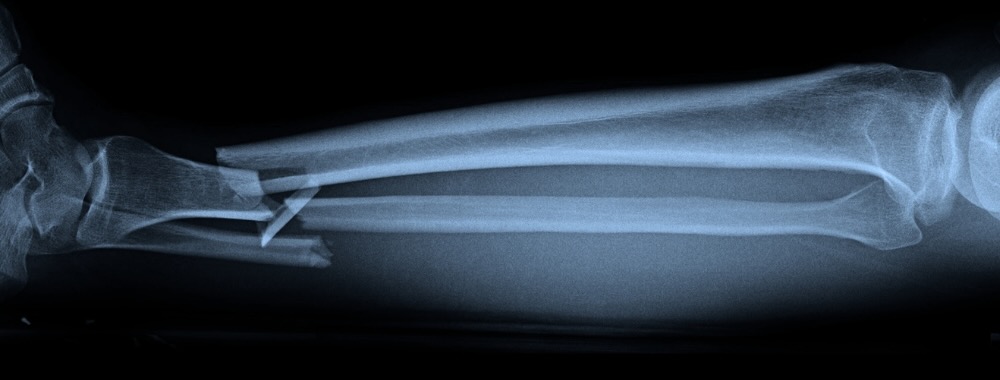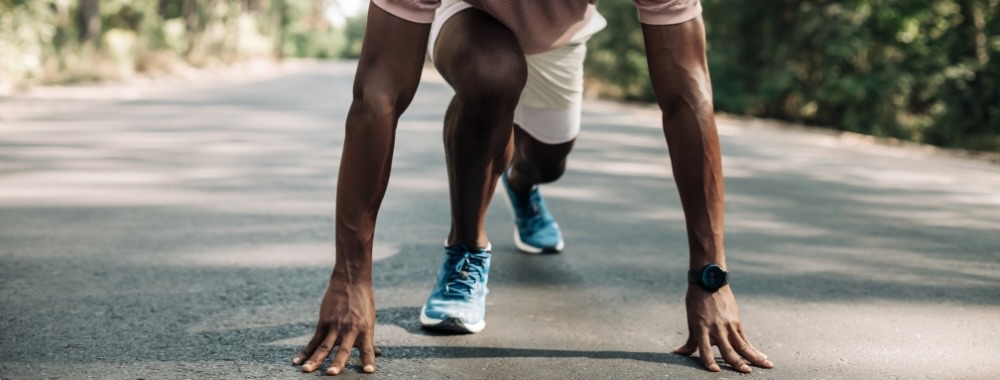
If you’re exploring and researching limb lengthening, you’ve probably come across the terms “external fixation” and “internal fixation” more than once. On the surface, they might just sound like technical jargon. But the choice between these two methods can have a real impact on your comfort, your recovery timeline, and your overall experience.
When considering external fixation vs internal fixation, it’s not just some minor detail—it significantly impacts biomechanical stability, rehabilitation timelines, and complication risks.
The Role of Fixation in Limb Lengthening
When a person undergoes limb lengthening, the main goal is to carefully separate the bone so new tissue can form in the gap that is created during the surgical process. That new tissue growth leads to the extra length. However, the bone needs stability during this process.
That’s where “fixation” comes in. Fixation acts like scaffolding around a construction site to ensure the “building” (your bone) stays in place until it’s stable.
- External fixation uses a frame on the outside of the body, attached to the bone by pins or wires.
- Internal fixation involves placing a metal rod (often called a nail) inside the bone itself.
Either way, the goal is the same: to maintain stability, promote osteogenesis within the gap, and support solidification of the new bone.
External Fixation: Visible but Versatile
If you’ve ever seen someone with an external fixator, it can look a bit intimidating. Typically, it’s a cage-like structure around the limb, connected to the bone through pins that pass through the skin.
Although external fixation might appear elaborate, external fixators are incredibly precise. They allow for real-time adjustments—often small tweaks that can be made without extra surgeries. In some cases, patients can manage daily adjustments themselves at home, guided by medical advice.
The versatility makes external fixation a strong option, especially if you’re dealing with a more complex deformity or need a high degree of control over alignment. However, there are downsides.
The external fixator device is quite visible, and that can be a hassle for clothing and daily movements. The pins also create small openings in the skin, requiring diligent cleaning to prevent infection. And let’s face it: some people feel self-conscious about having this noticeable hardware on their limbs.
Despite everything we just listed, many who choose this external fixation appreciate the level of control and fewer surgeries that come with it- which are undeniable perks.
Internal Fixation: A Stealthier Approach
Internal fixation is like the behind-the-scenes hero of limb lengthening. Instead of a frame on the outside, surgeons implant a metal rod inside the bone. From the outside, it might look like nothing unusual is happening at all.
One major perk of internal fixation is that you don’t have external pins or wires to clean daily. You can wear regular clothes without worrying about snags, and you’ll have less of that constant visual reminder of your treatment. However, you’ll likely rely on your surgeon or special devices to make adjustments to the internal nail.
Modern methods often involve magnetically controlled rods that can be lengthened gradually during outpatient visits—a big leap forward in convenience. However, not everyone is a candidate for internal fixation, depending on factors like bone width and the amount of lengthening needed.
Recovery and Lifestyle Considerations
Recovery experiences vary from person to person. Some find external fixators heavy or cumbersome, but they like the ability to make daily micro-adjustments at home. With internal fixation, the hardware is less intrusive on daily life, but you might have more clinic visits for adjustments.
In either case, whether you choose an external fixator or an internal one, physical therapy is crucial. You’ll be learning how to move, walk, or possibly even run with this new hardware—and eventually with the newly elongated bone.
It’s important to be realistic about the timeline. Limb lengthening is a slow process. Your body needs time to grow new bone, and that can stretch across several months. You might need crutches or a walker for some of that period, and scheduling follow-up appointments will be an inherent part of your routine.
Patience becomes your best friend with limb lengthening, whether you go with an external fixation or an internal fixation.
Making the Right Choice
No one method is universally “better.” With external fixation vs. internal fixation, it all comes down to your specific situation. Some people with complicated or multi-directional deformities do better with external fixation because of the precision and real-time control. Others might benefit more from internal fixation if they’re looking for a less visible solution. An experienced surgical team will guide you through both options, weigh the pros and cons with you, and help tailor the approach to your unique goals and medical needs.
Ultimately, whether you choose external or internal fixation, you’re investing in a process that can lead to a significant improvement in mobility, symmetry, or even height. It requires patience, dedication to rehab, and a little flexibility in your day-to-day routine. But for many, that payoff is well worth the commitment.
Ready to Explore Your Limb Lengthening Options?
At Premier’s Limb Lengthening Institute, we understand that picking the right fixation method is a huge decision.
Our compassionate team is here to help you weigh the pros and cons, keeping your lifestyle and personal preferences at the forefront. If you’d like to learn more about external vs. internal fixation—or anything else related to limb lengthening—contact us today and take the first step toward a more confident, comfortable future.






